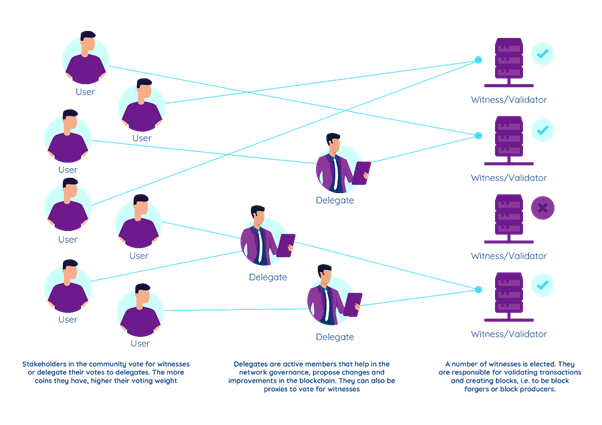Hello Every one, I am feeling glad to attend this lecture of Professor @pelon53 , working on this task gave me new insight of the topic.
1:- Explain the Delegated Proof of Stake algorithm, DPoS?
Delegated proof of stake, is a consensus mechanism used in blockchain to determine the validator of each block that is be appended to the chain. DPoS is a hybrid version of Proof of Stake wherein electoral system is used to choose nods.
In Proof of Stake only those who stake tokens are selected to forge new blocks but DPoS is a kind of democratisation of the system that enables users to become validators without staking tokens. However, the witness may be required to stake some tokens if any bad behaviour is witnessed. On failing to produce new blocks or on continuity of questionable behaviour the validator would be at the risk of loosing stake or being kicked out. The void left by the delegate if kicked out is filled by another elected delegate.
The implementation this algorithm offers BFT Byzantine Fault Tolerance, which is considered as a highly secure and scalable mechanism in public blockchains.
Delegates who are elected by the cryptocurrency holders or stake holders of that cryptocurrency are responsible for validating transactions and ensure the smooth running of blocks. Every token holder can exercise his vote and the voting power is directly proportional to the number of tokens he own. The more one owns the more weight his vote has.
The proxy voting is also an option: it can be done when voting power is delegated to others to allow them to vote on behalf of the delegator.
The elected nodes are called witnesses or block producers: they are rewarded for validating blocks.
Note:- Elected delegates can be voted out at any time if found working against the values of the chain.
Delegates govern transaction fees, block sizes, witness pay, and block intervals of the network.
Dan Larmier is the founder of DPoS. He is currently working as CTO of Block, which is the core team of EOS. It is Larmier who has founded steemit.
Merits and Demerits of DPoS
Merits
The fear of being voted out ensures better performance and scalability with a good TPS — transactions per second.
Very less transactions fees or no fee at all.
It is a cloud based system that makes it energy-efficient and cost-efficient.
Demerits
The voting process can be influenced by those who hold more crypto, if someone happens to hold majour portion of voting power he can vote based on his vested interests.
DpoS is susceptible to a 51% attack.
Stakeholders with small stakes may be deprived of voting.
2:- Explain What are Ricardian contracts on the EOS Blockchain?
The Ricardian contract is an outcome of legality and technology. The credit of this unique creation goes to Ian Grigg. He founded this when he was in school that is the reason this contract is also called ** Ian Grigg Ricardian contract**
The contracts are entered into by agreeing parties to tackle the possible clash of interest between the parties in the blockchain.
Grigg defines a Ricardian contract in the following words:
“a digital contract that defines the terms and conditions of interaction, between two or more peers, that is cryptographically signed and verified. Importantly it is both human and machine-readable and digitally signed.”
The intrinsic algorithm of the blockchain takes care of the authenticity and verification of the contract.
These contracts -- which are cryptographically signed digital documents -- serve as an agreement between the 2 users or parties. These can be understood by machines as well as humans. As already suggested, these contracts use cryptographic technology to be verified and signed and the beauty of these contracts is that not only a person affiliated with the legal profession, but a layman can also read and understand the terms and conditions of the contract.
Ricardian Contract is lawfully acceptable that turns a human-readable agreement into machine-readable code. They are very secure because of cryptography which provides each contract with a unique hash.
Each contract has a unique hash code and is signed and saved in the blockchain.
Ricardian contracts have a great impact on the blockchain.
- It enhances the security of blockchain.
- It saves our time and resource.
- It offers a solution for potential future conflicts.
- It creates a sense of power, safety, and security.
- It is enforceable in the court of law.
3:- Explore the official EOSREX interface (eosauthority.com). Show screenshots.
After the wallet opens, you have to navigate the options such as Menu, Wallets, Event, Tools, EOS Credit Each option can be explored separately, depending on the requirement.
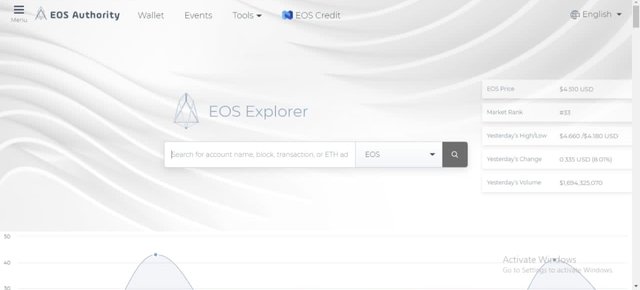
Then there is an EOS blockchain explorer, a click on it will take us to options like BOS, TELOS, WAX, and Testnets.
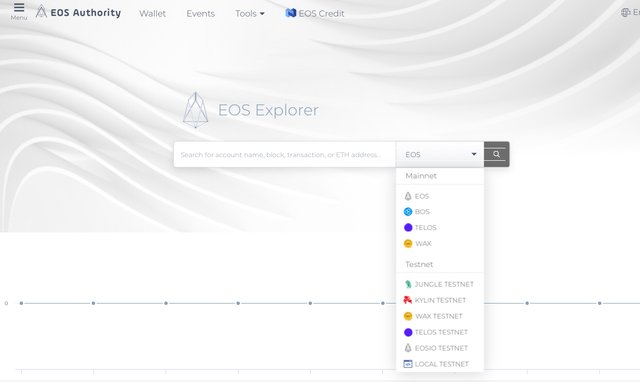
The upper right side takes us to figures related to the current price of EOS, the market value of EOS, and much more.
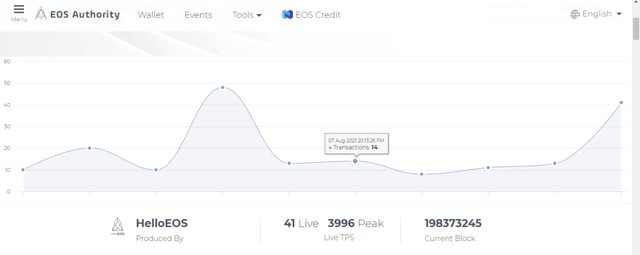
We can then see the last block number, witness of the last block, TPS data, total number of EOS wallets, Stake / Unstake data, RAM used, Voters statistics, and CPU usage percentage.
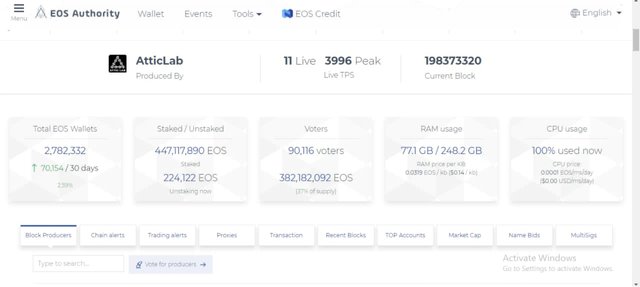
As shown in the picture below, we can then see Block Producers, Chain Alerts, Trading Alerts, Proxies, Transactions, Recent Blocks, TOP accounts, Market Cap, Name Bids, and Multisigs.
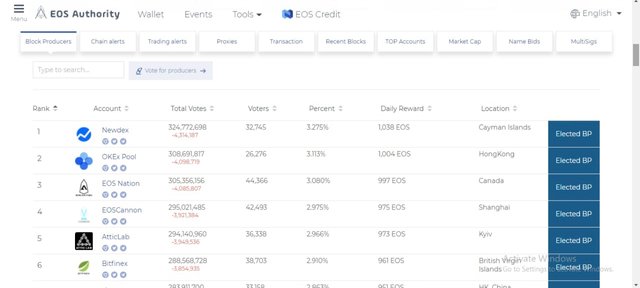
Then the partners of the platform will prop up, as shown in the picture.
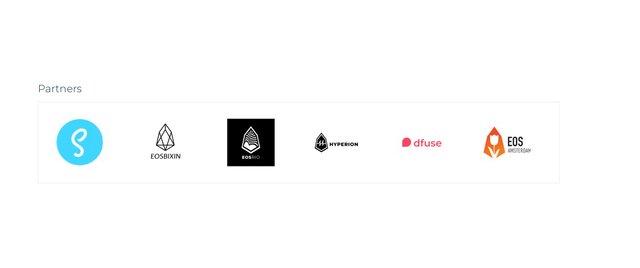
If we click on the menu which is on the top left corner multiple options like Dashboard, Wallet, REX - Power Up, Manage CPU/RAM, Manage Keys, Vote, Create Account, Bid Name, Alerts, and Trade Your Tokens. can be seen.
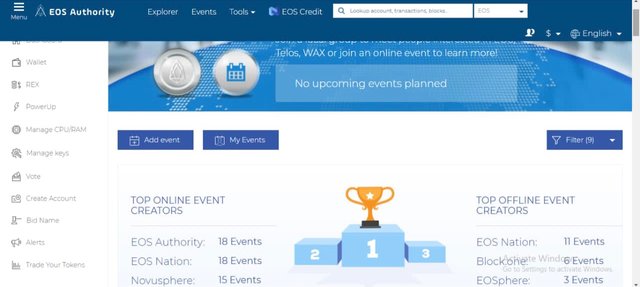
There is also an Event Section that keeps us updated about upcoming blockchain events.
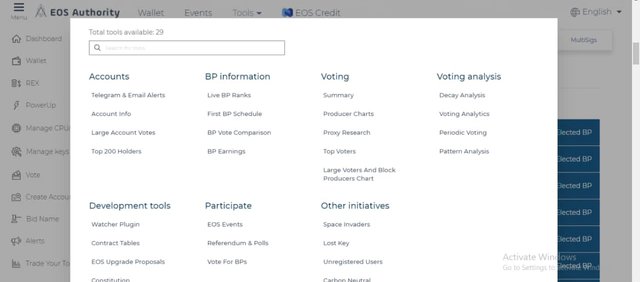
4:- Download the Sqrl wallet, explore and explain how to obtain CPU, RAM and Network. Show screenshot.
- I am using the windows based Operating system to explore sqrl wallet. The First requirement is to download the wallet from official website.
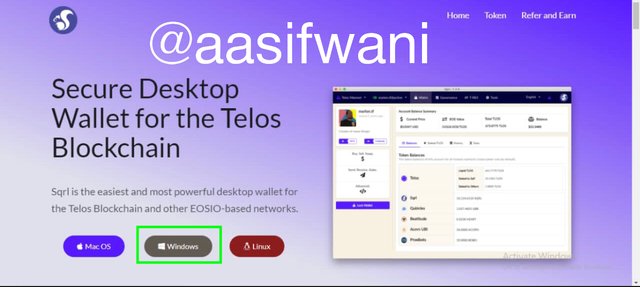
After the wallet is downloaded successfully, I choose the installing option and click on 'next' as shown in the screenshot.
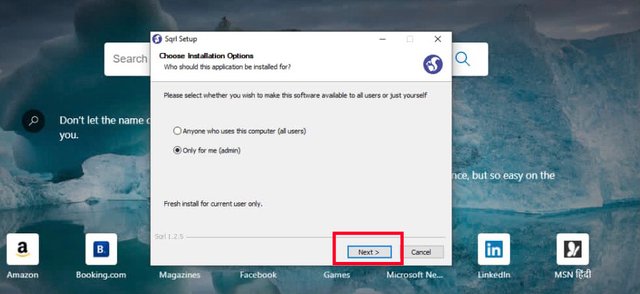
After that, I hit the the option 'install' and wait for few seconds till installation completes.
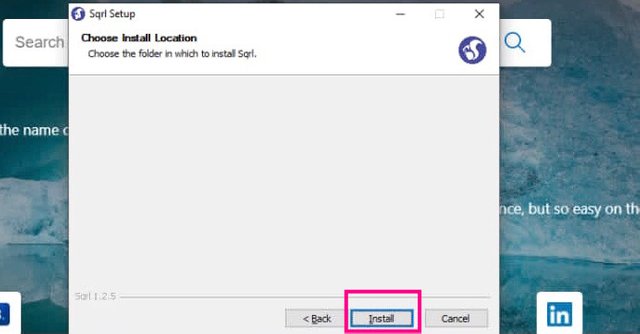
After the installation process completes, the wallet was ready to roll.
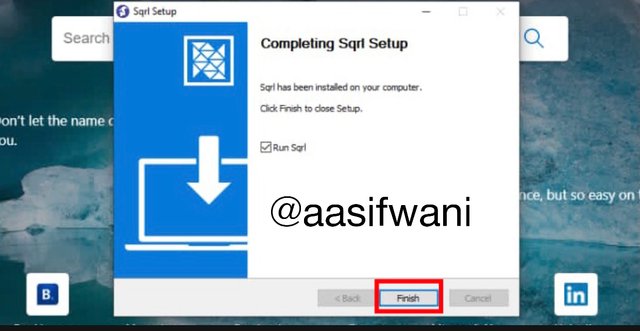
I then open the wallet and click on 'Connect to Server' as shown.
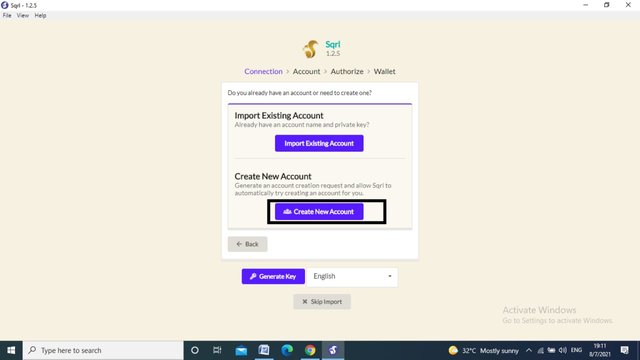
I am a fresh arrival hence required to create new wallet so I try the same.
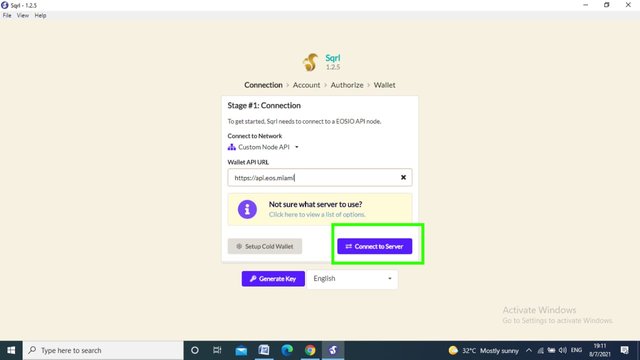
Oops! I couldn't complete the process, due to some snag.
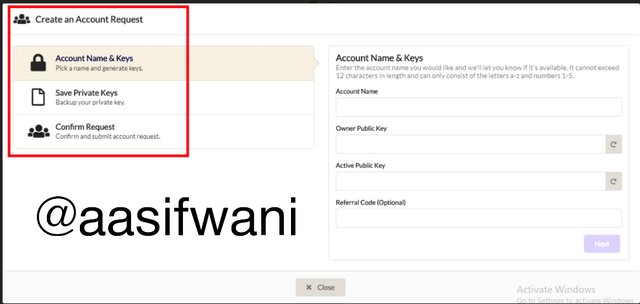
The following screen grab substantiates the above made claim regarding snag in creating wallet .
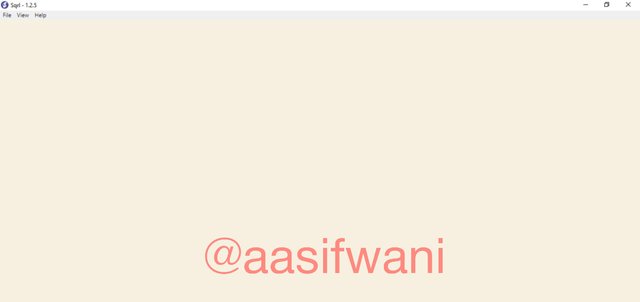
Acting upon the recommendations of Professor @pelon53 I used official website of telos to carry out the task.
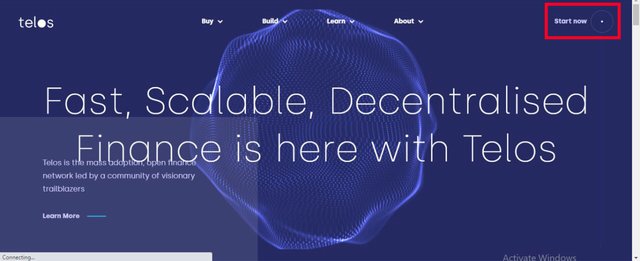
After opening official website of the telos I clicked on 'create new wallet.'
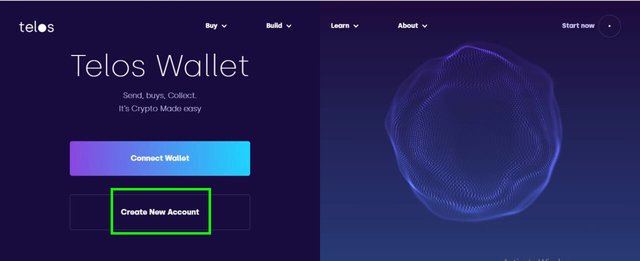
Then, I follow the instructions shown till successful creation of account.
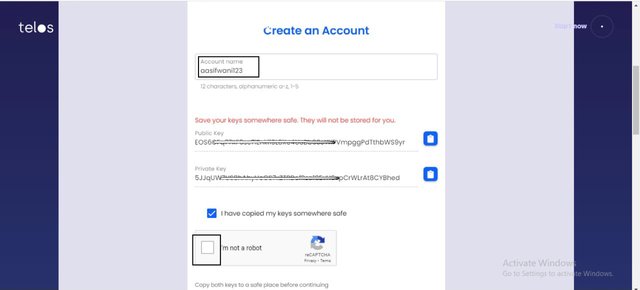
Then I switched to sqrl wallet and clicked on 'connect to server' and then clicked on 'import wallet.' Please refer to the screenshot that follows:
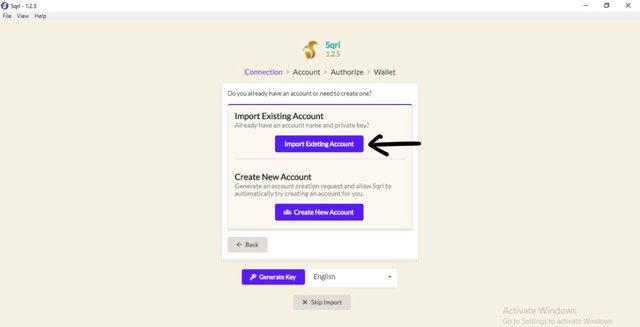
Then I enter my telos username and click on 'lookout option.'
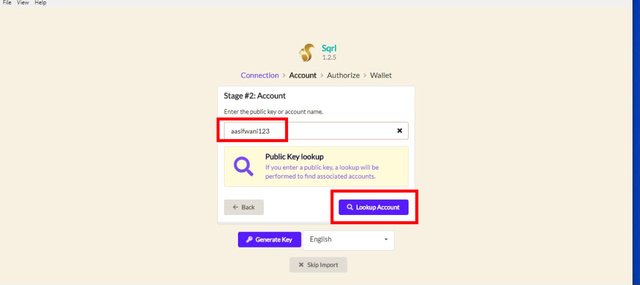
After that I clicked on 'compare keys' option that took me to next page.
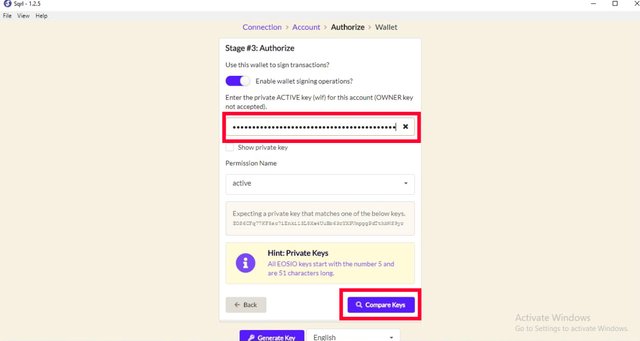
I create password for wallet and click on 'save' option shown.
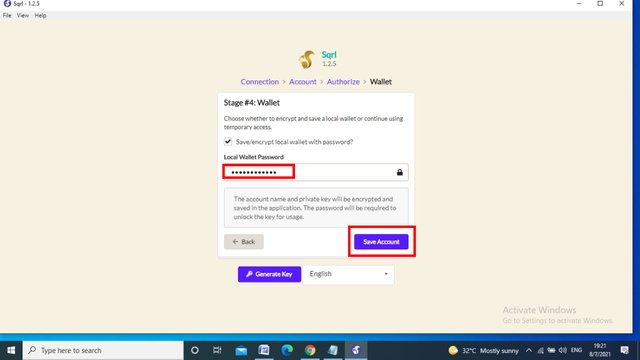
After that I click on 'save local wallet.'
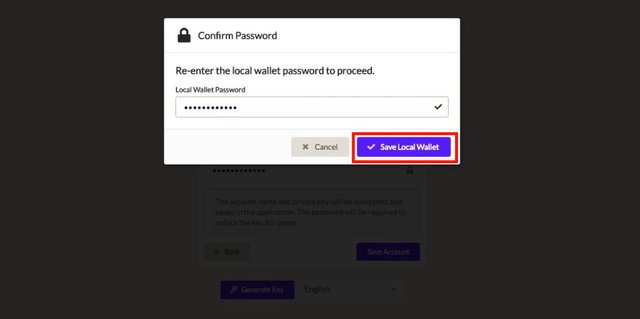
Then I agree to the terms and conditions and that's it.
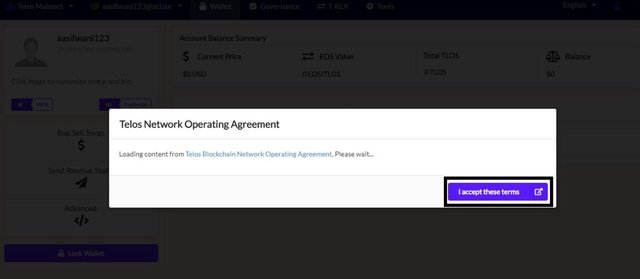
Now I have successfully logged in to my wallet there are various tabs which can explored separately.
Wallet shows the current price of TLOS, the EOS equivalent, and the Balance in TLOS.
On the Governance section, a list of witnesses and their collected votes, proxies, works, amends, docs, and the amount of TlOS staked are depicted.
T-REX section reveals the account summary, number of deposits, earnings, Lending etc.
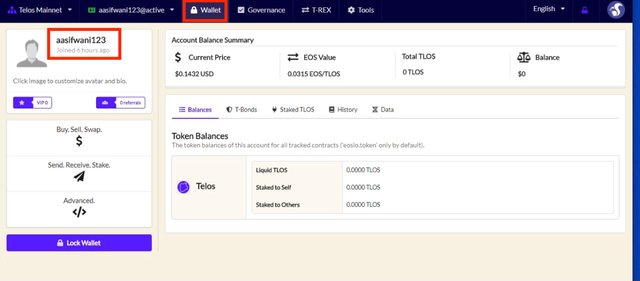
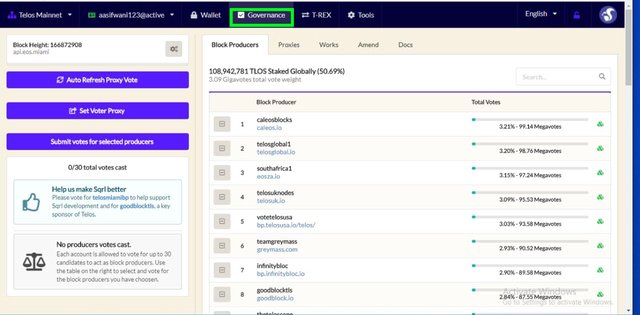
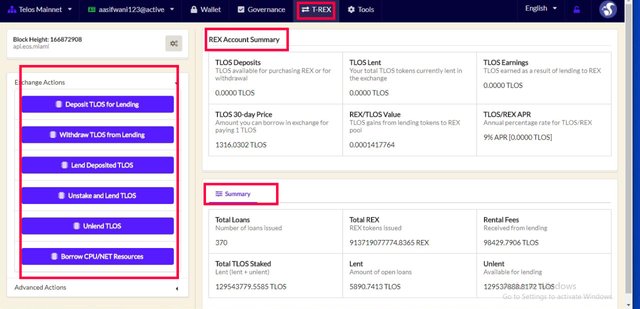
Tools section displays, tools that are used in management of accounts.
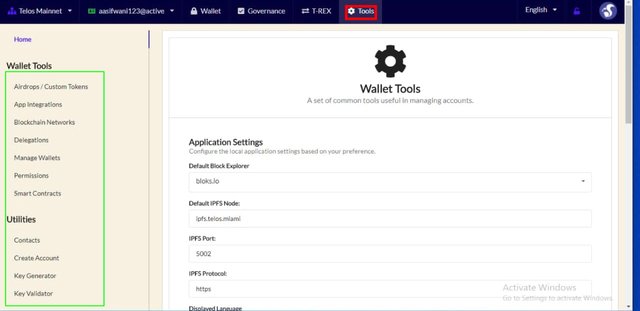
To obtain CPU, firs click on wallet, then select the 'Send Receive Stake' option then click on 'manage Staked'. I have encapsulated the options under green boarders for illustration.
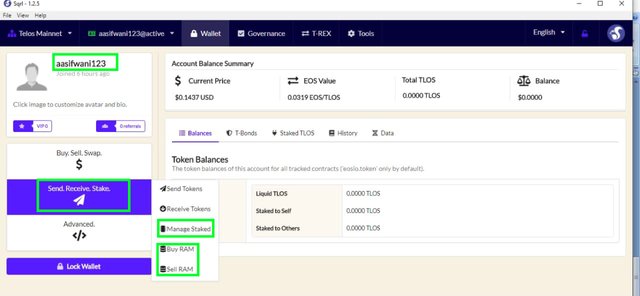
Then purchase option will prop up, enter the amount of processing power to be staked in the network and click on 'Update Staked balances.'
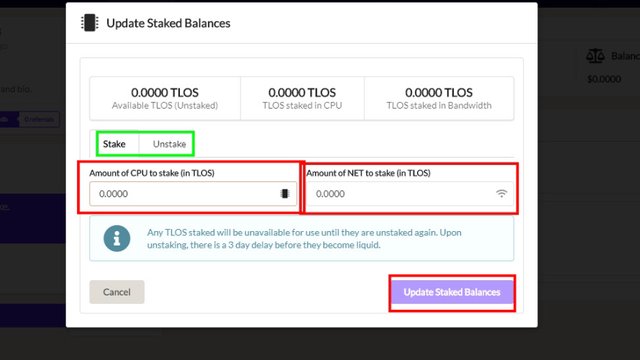
To buy or sell RAM, click on the 'Wallet Tab' and select the 'Send Receive Stake' option and click on 'Buy RAM' or 'Sell RAM' and you are done.

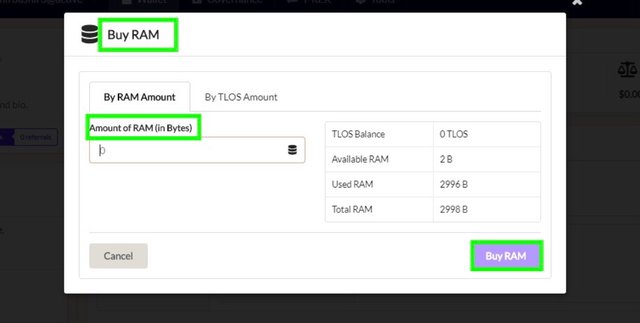
5.- Show the price of the REX token. And explain what it is used for.
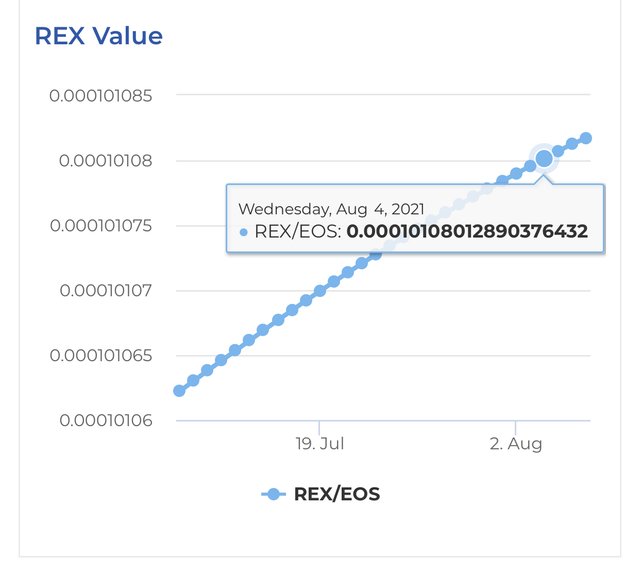
The price of REX is rated against EOS.
While writing this post the value of REX/EOS is 0.00010108012890376432, as shown in the screenshot above. This token is utalized by users on the blockchain for staking and lending.
This is also a rewarding token that users can earn for accomplishing activities in the blockchain.
